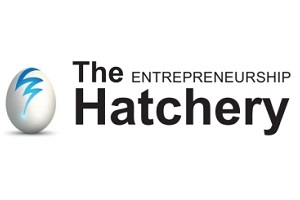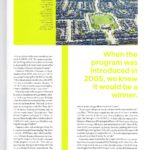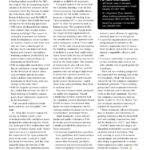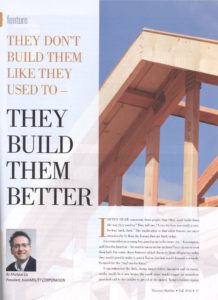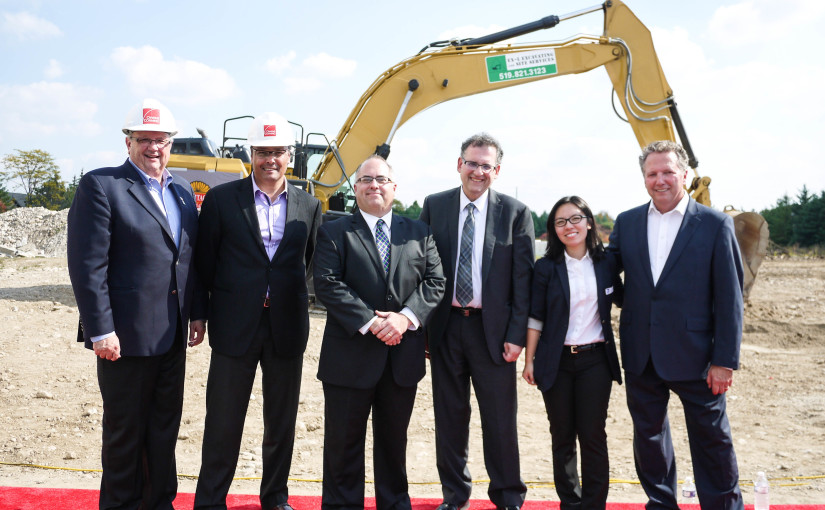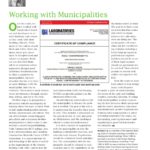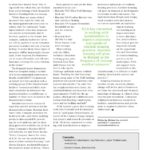Groundbreaking VIPs from left to right: Salvatore Ciarlo (Technical Services Manager, Owens Corning Canada), Paolo Galati (Councilor, City of Laval), Meli Stylianou (Manager, CanmetENERGY, Natural Resources Canada), René Voyer (Founding Member, Construction Voyer), Guy Ouellette (Député de Chomedey), Michael Lio (President, buildABILITY Corporation), Pascal Voyer (Co-Owner, Construction Voyer), Jean-Francois Voyer (Co-Owner, Construction Voyer)
A Quebec first in Laval
Construction Voyer building six net zero energy homes as part of Natural Resources Canada’s ecoENERGY Innovation Initiative’s national Net Zero Energy project
(June 22, 2015, Laval, QC) Lucky homeowners in Laval will soon be moving into new net zero energy homes. Today, Construction Voyer broke ground on six condos as part of a national program that will see a minimum of 25 net zero energy (NZE) homes built across Canada. NZE homes produce as much energy as they consume, on an annual basis.
Construction Voyer is the only Quebec-based homebuilder selected for the project, which is part of Natural Resources Canada (NRCan)’s ecoENERGY Innovation Initiative (ecoEII). The condos, expected to be completed by March 2016, are being built in the Duvernay East neighbourhood of Laval, close to the Highway 25 bridge.
“Our Government is proud to invest in initiatives like the Net Zero Homes project that create high-quality jobs and further strengthen Canada’s reputation as a leader in energy innovation,” said the Honourable Greg Rickford, Canada’s Minister of Natural Resources. “We remain committed to supporting companies that find solutions to protect the environment and lower energy bills for Canadians.”
“Speaking on behalf of staff and management, Construction Voyer is thrilled to be participating in the NZE demonstration project,” said Jean-Francois Voyer, Co-Owner, Construction Voyer. “It is proving to be a terrific experience which is allowing us to display our expertise in building high quality homes, while always looking for ways to utilize cutting-edge technology.”
A number of features allow the condos to achieve the drastic reductions in energy consumption required to meet NZE standards, including innovative heat and cooling equipment, solar PV panels on the roof, and the innovative exterior insulation CodeBord® Air Barrier System from Owens Corning Canada.
“We are extremely proud to be working with a true leader and energy efficiency ambassador in the building construction industry in Quebec,” stated Salvatore Ciarlo, Technical Services Manager, Owens Corning Canada. “Coupled with all of our project partners, we look forward to making the net zero project in Quebec a huge success that will be the benchmark across Canada and North America.”
NRCan is providing $1.96 million in support for professional services required for the planning, design and construction of the houses. The balance, over $2 million, will come from Owens Corning Canada, participating builders and the building industry in the form of in-kind contributions to fund the construction of the homes. The project, managed by buildABILITY Corporation, includes five builders across Canada: Construction Voyer (Laval, Quebec); Mattamy Homes Limited (Calgary, Alberta); Reid’s Heritage Homes (Guelph, Ontario); Minto Communities (Ottawa, Ontario); and Provident Development Inc. (Halifax, Nova Scotia).
Media Contact:
Jean-François Voyer | Co-owner, Director of Business Development | Construction Voyer
(450) 963-8300 | jfvoyer@voyer.ca
Note to Editor:
A live video stream of construction can be viewed here:https://www.workzonecam.com/projects/buildability/ocnetzero/workzonecam
Construction Voyer, founded in 1973, has built over 6,000 residential units: single-family dwellings, condominiums and rental buildings. Although the company originally earned its reputation primarily in Laval and cities along the northern belt, in 1998 it began expanding its activities onto the island of Montreal. Recently, Construction Voyer has developed an expansion plan to extend activities into new territories.
Owens Corning Canada is part of Owens Corning, a US$5.2 billion company with 15,000 employees worldwide, including 654 in Canada. Owens Corning and its family of companies are a leading global producer of residential and commercial building materials, glass-fiber reinforcements, and engineered materials for composite systems. A Fortune® 500 company for 60 consecutive years, the company is committed to driving sustainability by delivering solutions, transforming markets, and enhancing lives. Owens Corning operates 4 plants in Canada, manufacturing PINK® insulation and other energy-saving products.
The ecoENERGY Innovation Initiative (ecoEII), announced in the 2011 Budget, is a $268 million program searching for long-term solutions to eliminate air pollutants and greenhouse gas emissions from energy production. Eligible projects must be demonstration or research & development.
For more information about the ecoEII Net Zero project, please visit: www.zeroenergy.ca



